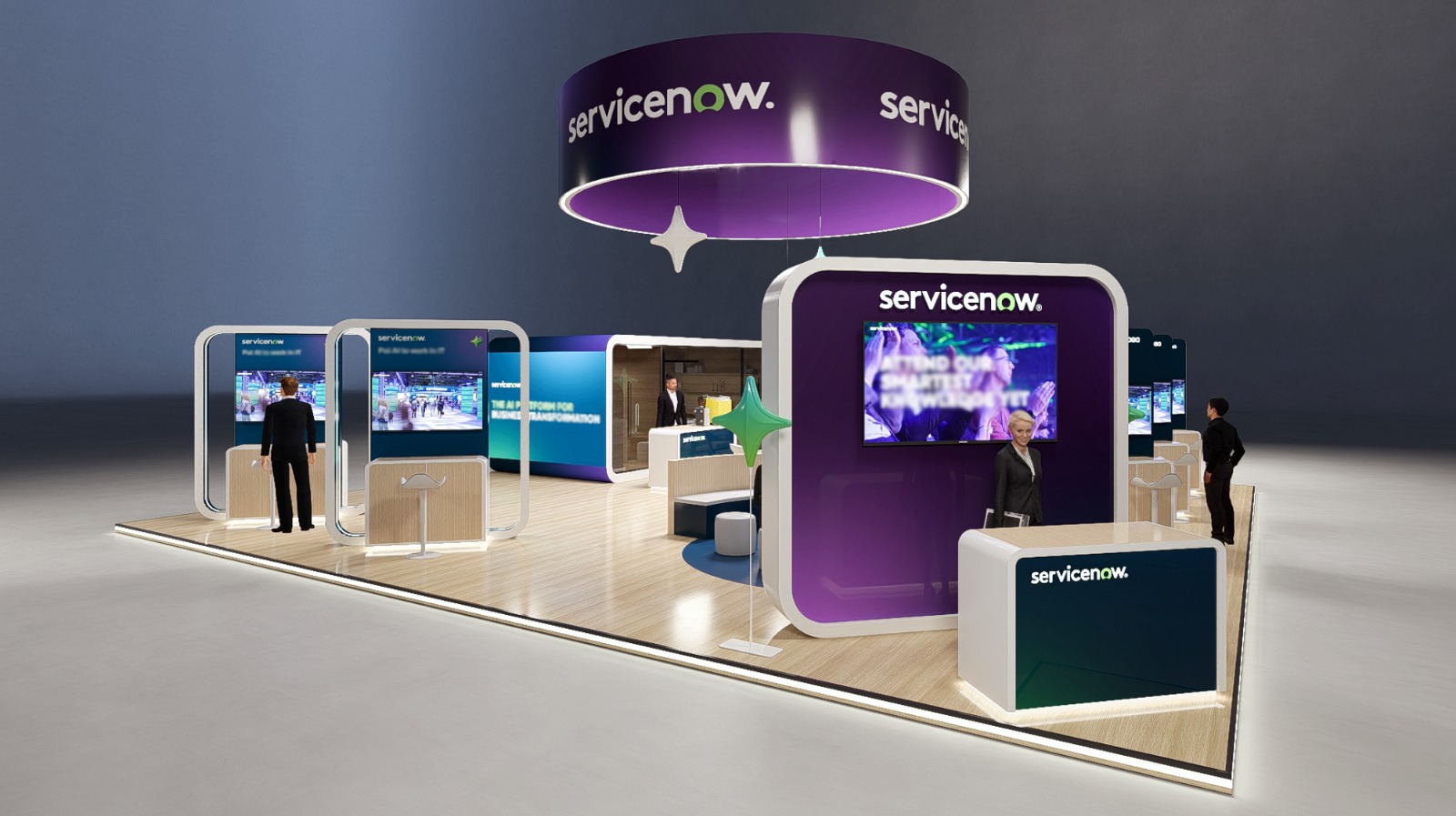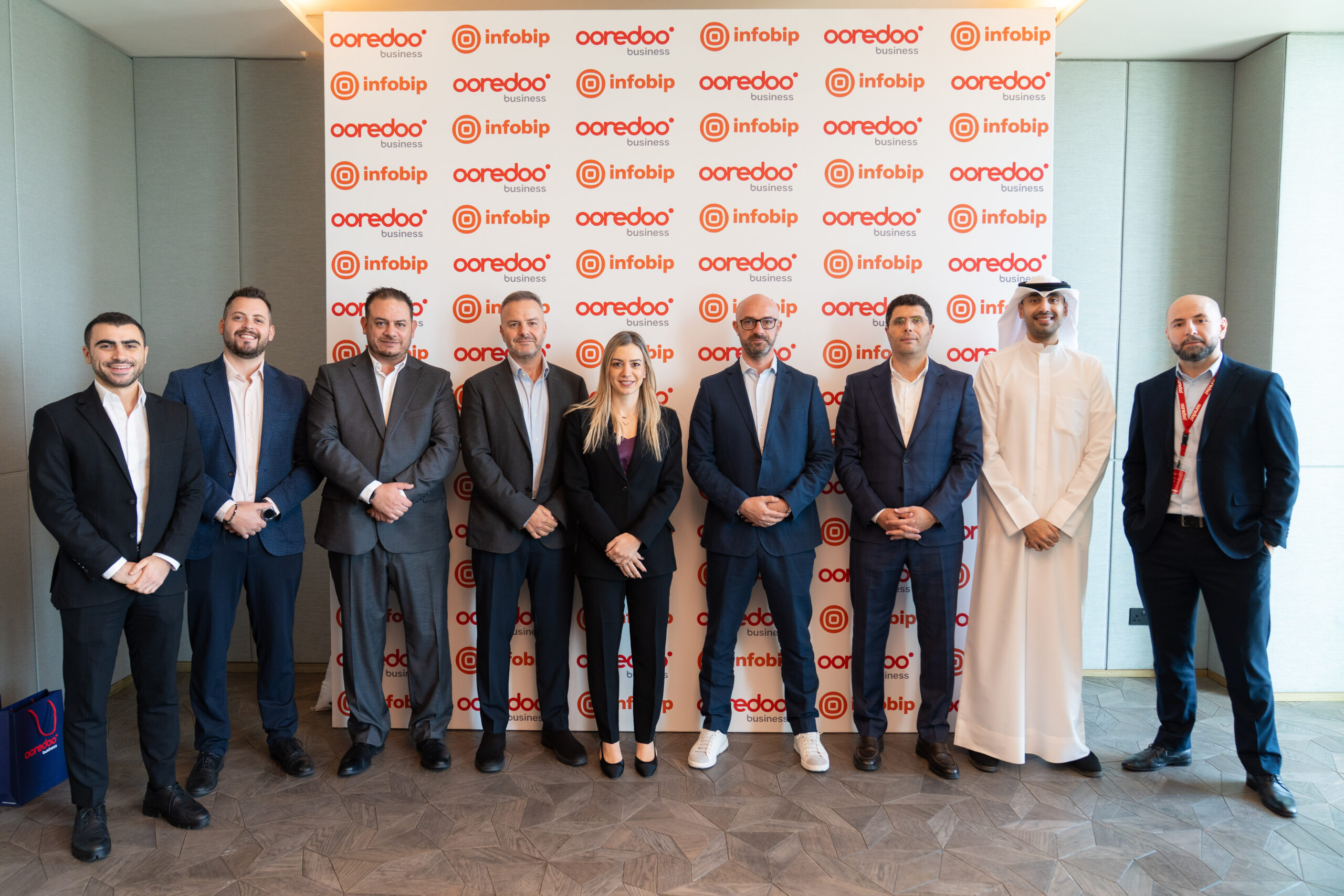Kasun Illankoon recently sat down with Kevin Quillien, Co-Founder and CTO of Krucial, a pioneering startup redefining remote connectivity through satellite-enabled IoT solutions. In this exclusive conversation, Kevin unpacked how Krucial is helping industries overcome longstanding barriers to digitisation in hard-to-reach environments. From enabling real-time data flow in remote oil fields to transforming asset monitoring strategies in sectors like agriculture, energy, and logistics, Kevin offered valuable insights into the future of resilient, hybrid IoT systems. Here’s what he had to say.
- How is satellite-enabled IoT helping industries overcome connectivity challenges in remote or hard-to-reach environments?
The digital transformation of industry has long depended on terrestrial infrastructure—fibre, 4G/5G, or Wi-Fi. However, for sectors operating in remote or infrastructure-poor regions, this model has always had limitations. Satellite-enabled IoT shifts the paradigm by decoupling connectivity from geography.
By enabling real-time data transmission in areas far beyond the reach of terrestrial networks, satellite IoT removes one of the last major barriers to digitisation for sectors like energy infrastructure, mining, maritime logistics, and agriculture. This means that even assets deep in offshore oil fields or solar farms in deserts can be monitored, controlled, and integrated into enterprise systems.
The real shift is not just technological – it is strategic. Satellite IoT allows organisations to adopt global, standardised operating models, gain visibility across their full asset base, and close the digital divide between core and remote operations. It transforms what used to be “data black holes” into sources of actionable insight.
- What are the key benefits of integrating satellite and cellular networks for continuous IoT data flow in critical operations?
Hybrid connectivity is not a luxury in critical operations- it is a safeguard against financial, reputational, and environmental risk. In sectors like energy infrastructure and remote utilities, every moment of downtime can cost tens of thousands in lost revenue, repair costs, or non-compliance penalties.
By integrating satellite and cellular connectivity, Krucial CONNECT ensures uninterrupted data flow, regardless of location. It enables proactive maintenance, real-time oversight, and regulatory compliance—all while avoiding the cost and delay of infrastructure installation.
The business case is clear: hybrid IoT reduces operational risk, improves resource efficiency, and delivers measurable ROI through reduced failures, faster intervention, and fewer on-site interventions.
- How is Krucial’s technology supporting sectors in achieving real-time asset monitoring and operational efficiency?
For industries operating across remote and rugged geographies, digital transformation has long been out of reach. That has changed. Krucial CONNECT enables real-time asset monitoring and control in sectors like energy infrastructure, aquaculture, and environmental management—without relying on legacy infrastructure.
Organisations deploying Krucial are unlocking up to 30–50% efficiency gains by eliminating manual processes, reducing maintenance callouts, and optimising asset performance. They’re also increasing uptime, improving compliance reporting, and gaining complete operational transparency.
In short, Krucial helps turn previously underperforming or invisible assets into high-yield contributors to a business’s bottom line.
- In what ways can cloud-enabled infrastructure improve predictive maintenance strategies for industrial businesses?
Predictive maintenance depends on data density, reliability, and accessibility. For organisations with widely dispersed infrastructure—such as utilities, energy networks, or logistics fleets—cloud-enabled infrastructure acts as the connective tissue, enabling centralised analytics and distributed decision-making.
Satellite IoT plays a pivotal role by making it possible to collect continuous data from remote assets where terrestrial connectivity is inconsistent or unavailable. Once ingested into cloud platforms, this data can be modelled, compared, and used to train AI systems that flag anomalies and forecast failures well before they occur.
Beyond maintenance, this model also supports inventory optimisation, supply chain synchronisation, and workforce planning. In other words, cloud + satellite IoT doesn’t just make maintenance smarter—it rewires the entire operational stack for more intelligent, resilient industrial systems.
- Why is resilient, modular IoT system design essential for operations in rugged or isolated locations?
Harsh environments expose weaknesses in traditional IoT system design. In remote, high-stakes settings—from offshore energy platforms to Arctic research stations—digital systems must not only collect data but do so with minimal human intervention, survive extreme conditions, and operate autonomously for extended periods.
Resilient, modular IoT architecture addresses these constraints by distributing functionality across robust components that can be easily deployed, swapped, or scaled. When paired with satellite connectivity, this design allows systems to run independently of local infrastructure, ensuring uptime and data continuity even in the face of power loss, weather events, or physical access limitations.
A new design philosophy is emerging: distributed intelligence at the edge. Instead of relying on centralised systems or consistent human oversight, modular IoT nodes can collect, process, and communicate data directly creating decentralised, self-sustaining monitoring ecosystems. This is particularly vital as industries push into more remote frontiers for energy, food, and materials.
- What role do digital twins play in transforming data strategies for large-scale, remote operations?
Digital twins have moved from theoretical innovation to strategic necessity, especially for asset-heavy sectors operating across vast geographies. Their power lies in their ability to simulate, analyse, and optimise systems without direct physical interaction—an approach that becomes exponentially more valuable in remote or high-cost access environments.
The effectiveness of digital twins depends entirely on the quality and continuity of real-world data flowing into them. Satellite IoT provides that link for hard-to-reach assets—delivering continuous telemetry, environmental data, and equipment health metrics directly into the twin model.
As the gap between physical and digital narrows, digital twins become the coordination hub for predictive analytics, scenario modelling, and autonomous decision-making. For industries like energy infrastructure or mining, this means greater control, fewer site visits, and better alignment between on-ground realities and centralised planning.
- How is the demand for satellite-backed IoT solutions evolving as industries increasingly prioritise remote monitoring capabilities?
We’re entering a new era of operational expectations: full visibility, real-time data, and zero tolerance for blind spots. This is driving unprecedented demand for satellite-backed IoT, especially in sectors like energy, infrastructure, water, and environmental management.
With trillions in global infrastructure investments planned over the next decade, Krucial is positioned at the intersection of necessity and opportunity. Hybrid IoT is no longer a future technology, it is a present imperative.
One of the many reasons we’ve been supported by the MBRIF is our relevance to many of the industrial sectors in the UAE and the wider GCC. It is clear that our technology is well aligned with the UAE’s digital strategy and we are excited to be able to utilise satellite IoT to transform the economics of operations in the region by enabling smarter, leaner, and globally scaleable systems that deliver rapid and repeatable RoI.
- What are the biggest misconceptions businesses have about deploying IoT connectivity in connectivity blackspots, and how can they be addressed?
The outdated perception is that remote digitisation is slow, expensive, and highly complex. That belief is costing businesses millions in inefficiency, risk, and missed opportunities.
Krucial CONNECT removes those barriers. It’s a fully modular, API-first platform that allows organisations to plug into scalable hybrid connectivity without specialist infrastructure or teams. With out-of-the-box deployment, seamless cloud integration, and predictable pricing, digital transformation becomes a low-friction, high-impact investment.
And the returns speak for themselves—faster time-to-value, lower operational cost, and increased resilience across mission-critical assets.









